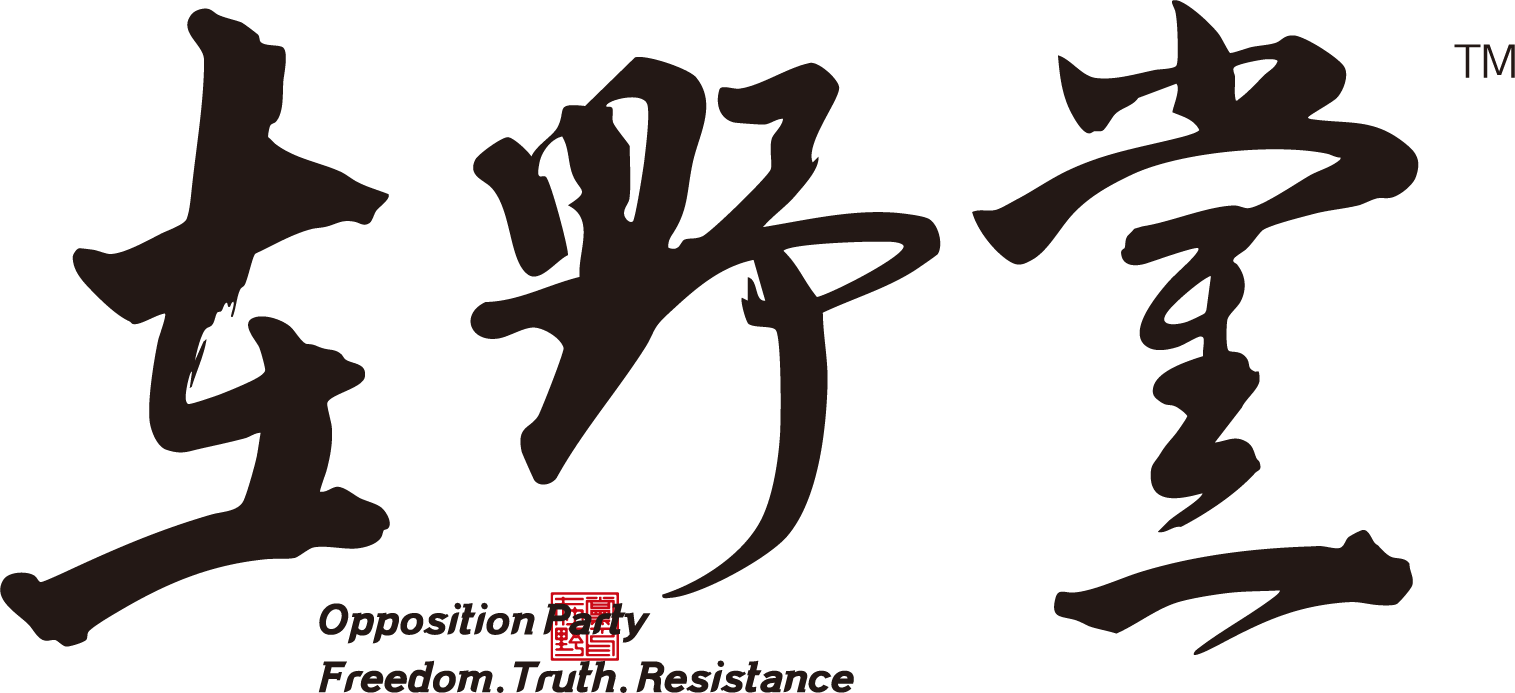作者/编辑:钟然
责任编辑:罗志飞 翻译:吕峰 校对:冯仍
自2020年武汉疫情爆发起,中国紧急建设方舱医院,将体育馆、展览馆等大空间临时改造成收治轻症和无症状患者的隔离区,以缓解正规医院的床位压力。然而,这些人群密集、条件简陋的方舱在一定程度上成为了病毒的温床,存在交叉感染风险。随后,全国多地在疫情高峰期纷纷跟进,尤其是2022年上海大规模封控期间,不仅设立普通方舱,还专门将儿童与成人单独隔离,社会争议巨大。随着疫情缓解,这些方舱医院迅速闲置,设施荒废,暴露出应急医疗建设缺乏长远规划、资源利用低效的问题,也反映出防疫决策在保护民众利益方面的严重缺失。
方舱纪实-rId4-600X400.jpeg)
2020年2月 武汉市连夜建了洪山体育馆、武汉客厅、武汉国际会展中心三处“方舱医院”
方舱纪实-rId5-680X482.jpeg)
2020年武展方舱医院
方舱纪实-rId6-997X1280.jpeg)
2020年武展方舱医院
方舱纪实-rId7-1200X900.jpeg)
2021年1月 石家庄集中隔离点
方舱纪实-rId8-600X400.jpeg)
2022年4月 上海公共卫生临床中心的“婴幼儿隔离点”
方舱纪实-rId9-1094X729.jpeg)
2022年11月 广州白云区隔离转运点
2022年11月中旬,在广州南沙万顷沙,成为当时“动态清零”政策下的“抗疫堡垒”。
方舱纪实-rId10-800X1359.jpeg)
方舱纪实-rId11-640X427.jpeg)
方舱纪实-rId12-640X360.jpeg)
方舱纪实-rId13-1267X752.jpeg)
南沙方舱医院自2022年11月14日动工,至少9000名建设者在项目一线战斗,700余台施工机械全面投入建设。11月25日,南沙方舱全面建成并交付,历时仅12天。2022年12月7日,国务院公布新冠病毒防疫措施“新十条”彻底放开新冠防疫政策,投入使用仅10天的南沙万顷沙方舱,顿时失去了用武之地。两年后,它已变身成为“小商品市场”,成批出售曾用于隔离的集装箱、各类家电和生活物资,曾经的“防疫阵地”如今正被清仓出货。记忆与现实交叠,一处特殊时期的城市“遗迹”,在一张张成交单据中渐渐隐没。
方舱纪实-rId14-1080X612.png)
南沙方舱1号销售处的“商品展厅”
方舱纪实-rId15-1080X786.png)
2025年4月底,南沙方舱的部分厢式隔离屋已被预定或售完
方舱纪实-rId16-1080X802.png)
南沙方舱内部,单间隔离房还保留着完整洗漱设施,如今堆放着各类生活用品
最终,那些在日夜赶工中堆砌出来的床位、隔板和器械,成了堆积如山的废品,被低价贱卖。曾经被宣传为“防疫奇迹”的方舱,在拆除与荒废中露出本来面目:一场以人民为代价的权力表演。喧嚣过后,留下的不是荣耀,而是冷清的空地与沉默的讽刺。这场疯狂与荒诞,终究还是落下了帷幕。
Chronicles of the Fangcang:A Makeshift Measure and a Wasted Legacy
Author/Editor: Zhong Ran Executive Editor: Luo Zhifei Translation: Lyu Feng
Since the outbreak of COVID-19 in Wuhan in 2020, China urgently built fangcang hospitals, converting large venues such as sports arenas and exhibition halls into temporary isolation facilities to accommodate patients with mild or asymptomatic infections, thereby easing the bed shortage in regular hospitals. However, these densely populated and poorly equipped facilities, to some extent, became breeding grounds for the virus and carried significant risks of cross-infection.
Subsequently, many regions across the country followed suit during peak waves of the pandemic. Notably, during the large-scale lockdowns in Shanghai in 2022, authorities not only established general fangcang hospitals but also separated children from adults, sparking enormous social controversy.
As the pandemic subsided, these facilities were quickly abandoned, left to decay, exposing the lack of long-term planning in emergency medical infrastructure and the inefficiency in resource utilization. More importantly, they reflected a severe failure in epidemic control policies to safeguard the interests of the people.
方舱纪实-rId4-600X400.jpeg)
In February 2020, Wuhan overnight converted three sites—the Hongshan Gymnasium, Wuhan Living Room, and Wuhan International Convention and Exhibition Center—into “fangcang” hospitals.
方舱纪实-rId5-680X482.jpeg)
The 2020 Wuhan Exhibition Fangcang Hospital
方舱纪实-rId6-997X1280.jpeg)
The 2020 Wuhan Exhibition Fangcang Hospital
方舱纪实-rId7-1200X900.jpeg)
January 2021, Shijiazhuang centralized quarantine site
方舱纪实-rId8-600X400.jpeg)
April 2022, “Infant and Toddler Isolation Facility” at Shanghai Public Health Clinical Center
方舱纪实-rId9-1094X729.jpeg)
November 2022, Baiyun District Quarantine Transfer Facility, Guangzhou
In mid-November 2022, in Wanqingsha, Nansha District, Guangzhou, it became a “pandemic stronghold” under the then “dynamic zero-COVID” policy.
方舱纪实-rId10-800X1359.jpeg)
方舱纪实-rId11-640X427.jpeg)
方舱纪实-rId12-640X360.jpeg)
方舱纪实-rId13-1267X752.jpeg)
The Nansha Fangcang Hospital began construction on November 14, 2022, with at least 9,000 workers on site and over 700 pieces of construction machinery fully deployed. By November 25, the hospital was fully completed and handed over, taking only 12 days. On December 7, 2022, the State Council announced the “New Ten Measures” for COVID-19 prevention, fully lifting the pandemic control policies. The Nansha Wanqingsha Fangcang, which had been in operation for just 10 days, immediately became obsolete.
Two years later, it has been transformed into a “small goods market,” with batches of former isolation containers, household appliances, and daily necessities being sold off. The former “pandemic stronghold” is now being cleared out. Memory and reality intersect as this urban relic from a unique period gradually fades away amid rows of sales receipts.
方舱纪实-rId14-1080X612.png)
“Product Exhibition Hall” of Nansha Fangcang No. 1 Sales Center
方舱纪实-rId15-1080X786.png)
By the end of April 2025, some of the modular isolation units at Nansha Fangcang had already been reserved or sold out.
方舱纪实-rId16-1080X802.png)
Inside Nansha Fangcang, the single-occupancy isolation rooms still retain complete washing facilities, but are now stacked with various household goods.
Ultimately, the beds, partitions, and equipment that had been hastily assembled day and night became mountains of scrap, sold off at bargain prices. The fangcang hospitals, once hailed as a “pandemic miracle,” revealed their true nature in demolition and decay: a display of power paid for at the people’s expense. After the clamor subsided, what remained was not glory, but empty, desolate spaces and silent irony. This frenzy and absurdity, in the end, finally came to a close.

血祸%20钟然%20%20刘芳翻译-rId8-362X242.jpeg?w=218&resize=218,150&ssl=1)

毒雨下的花朵-rId6-881X662.jpeg?w=218&resize=218,150&ssl=1)






方仓医院的模式,是一个个的死亡集中营
是的,极权主义的思维就是这样的